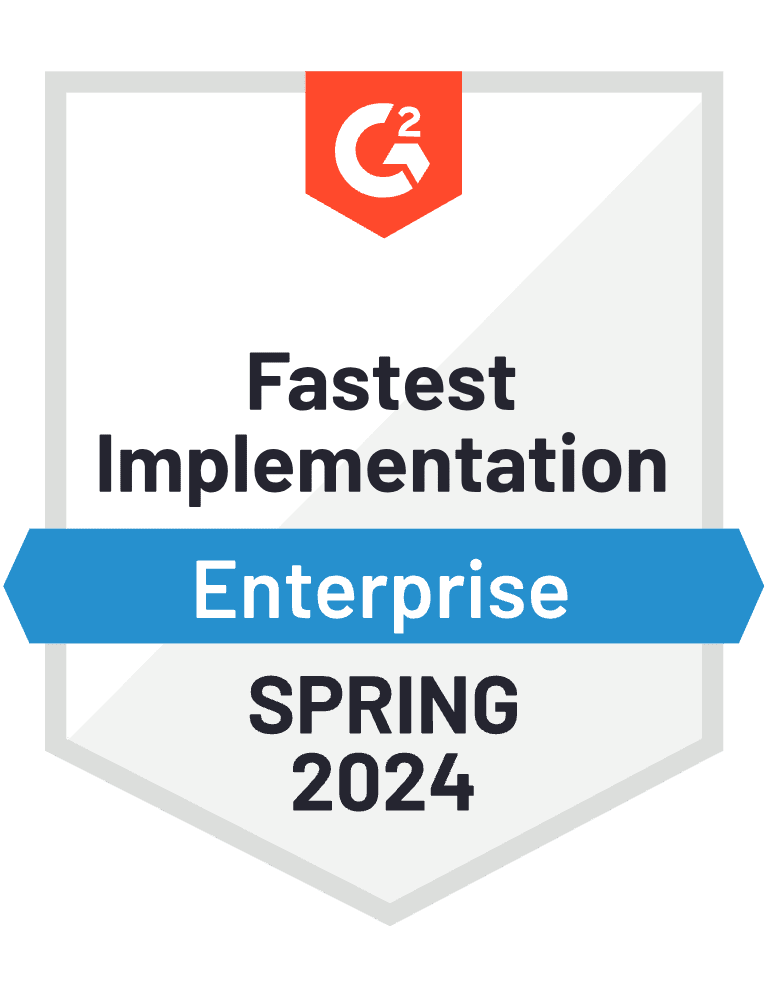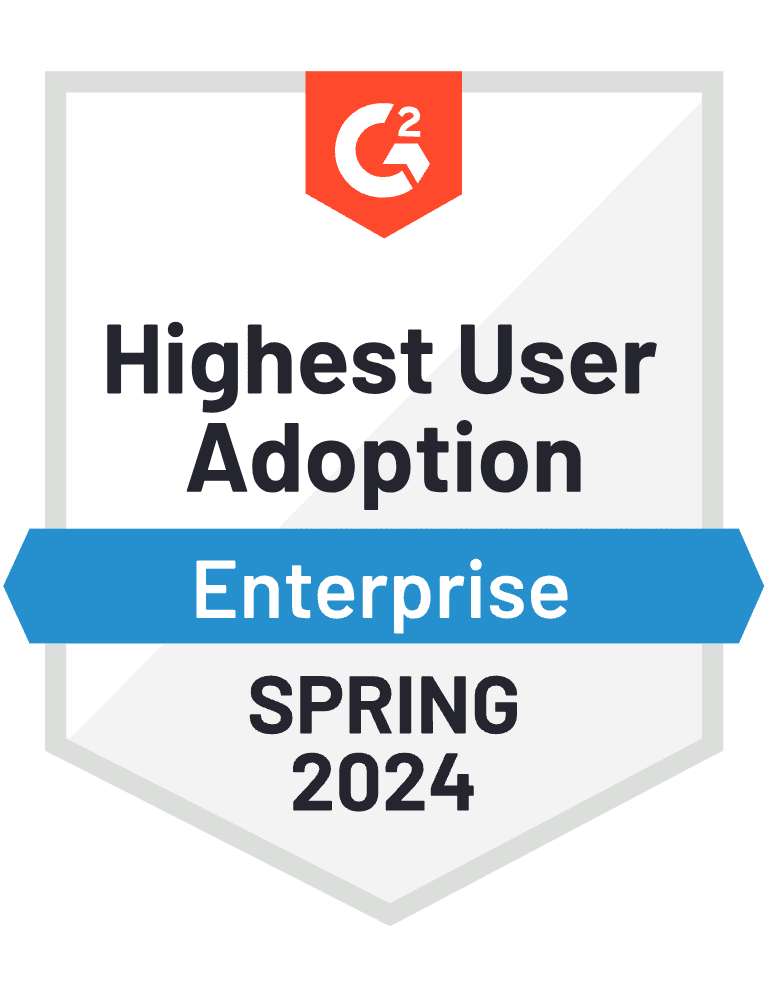In the work that I do, I have the privilege to speak with many companies about a wide array of issues. Increasingly that includes their AI strategy. And one thing that I have been amazed to learn is how many are building in-house solutions for AI.
The focus on AI is not surprising. OpenAI, probably the most recognized name in Artificial Intelligence right now, has been around since December 2015. Since then, the global AI market has mushroomed from an estimated value of $12.75 billion to nearly $94 bn in 2022 (Statista, July 2023).
Generative AI is following a similar trend. According to CBInsights, in 2019, equity funding in generative AI startups sat at $2.9bn. By 2023 that figure had increased to nearly $22bn. And according to a recent McKinsey survey, 79% of companies surveyed have had some exposure to generative AI, and 22% are regularly using it in their work.
So, to hear that more companies are baking AI into their operations and strategy is in line with overall trends. What surprises me is that so many companies are building their own solutions – even ones who are not in the business of building technology.
FOMO OR FUD?
What is driving the investment of time and resources into this in-house development? Is it FOMO (Fear of Missing Out) or is it FUD (Fear, Uncertainty, and Doubt) about the existing products in the market? My guess is that it is both. On the one hand, FOMO drives a desire to participate in technological advances and there is a real fear that by not doing so, it will impact their business negatively in some way. While FUD argues that there is too much security risk to do so using existing third party platforms.
In the case of AI, lawyers, regulatory affairs, privacy, information security, and compliance teams are right to raise flags and identify the risks involved with adopting new technologies. Generative AI can be a great tool, but it is still developing and early uses almost certainly involved the sharing/exposing of confidential information. In addition, hallucinations – anomalies where AI systems produce unexpected or incorrect outputs – have resulted in fake legal citations, and great sounding, but ridiculously wrong accounts of factual circumstances. Those professionals focused on minimizing risk are doing their jobs well when they evaluate and sometimes refuse to green light the adoption of “cool”, new technologies.
Therefore, the option of building an in-house solution can seem like a good idea. But is it?
FOMO BECAUSE OF FUD
It’s the same thing I saw in the days that public cloud technology was the “Generative AI” of the day. Everyone was excited about the revolutionary nature of this new way to generate computing resources. No one wanted to miss out on the opportunity. But in many corporations, regulatory, legal, compliance, and infosec teams identified significant risks. Regardless of whether such risks were accurate or not, roadblocks were thrown up. FOMO argued for the opportunity to move forward. But it was FUD which led all sorts of companies to build their own solutions. I recall working on deals to create in-house clouds with players ranging from pet supply companies to the biggest names in banking.
Years later, we see very few companies truly operating their own cloud infrastructure. That’s largely because technology has advanced and players like AWS, Google Cloud, and Microsoft Azure provide solutions that allow the regulatory, compliance, legal, and infosec folks to sleep at night. But it’s also because in-house solutions themselves can present even greater business risk.
CMF REQUIRED
Building a technology internally requires CMF – Care, Maintenance, and Feeding. Any internal technology system needs to be monitored, maintained, and have a proper support network in place for it to work long-term. If you are not in the business of the care, maintenance, and feeding of technology solutions, your in- house AI solution is probably a poor investment.
I have asked some companies about their CMF plans, should their solution be an effective one. Largely the answer that I got was, “we’ll figure that out when we get there.” But here’s the thing, these are companies with incredibly smart people. I would say many are much smarter than I. So why are they doing this?
An in-house solution that is popular and funded today, may become lacklustre down the road. If the team engaged in that project are no longer able to continue to support it, then the solution may not only become buggy or outdated, but it also can become a security, compliance, and business operational risk. Without a CMF plan, that great in-house solution could turn into a major liability.
SO, WHAT’S THE ANSWER?
If your company isn’t signed on to CMF well into the future, is the only option to actually miss out?
No. There are several companies out there with great solutions for using Generative AI in a manner that doesn’t require a breach of confidentiality or exposure to outlandish internet-based hallucinations. Companies like Accubits and Solulab. Even better, there’s no CMF required. These companies will not only undertake the CMF for you, but they provide specific solutions that take into account customers’ legal, compliance, information security, and regulatory obligations.
Accubits, for example, uses generative AI to automate a broad range of corporate services, whilst maintaining a core commitment to what they term “Responsible AI”. In the RFP space, RocketDocs launched the strategic response industry’s first private AI solution designed to enable use of generative AI while maintaining confidentiality and an effective approvals process for newly generated question/answer matches.
No matter what industry you are in, you needn’t worry about missing out. Whether it is aviation, aeronautics, life sciences, pharmaceutical, financial services, or healthcare, if advancing your company while maintaining compliance obligations is your goal, there’s a solution out there. The important thing is to work with companies that work for you. If you’re not sure who provides the solution that you need, reach out to me. I’ll look for a company that meets my high standards and I’ll introduce you.
The end result is getting to adopt new technologies while minimizing risk.
STAY TUNED FOR PART II of this post about the investment frenzy in AI.
– Perry Robinson, RocketDocs CEO






